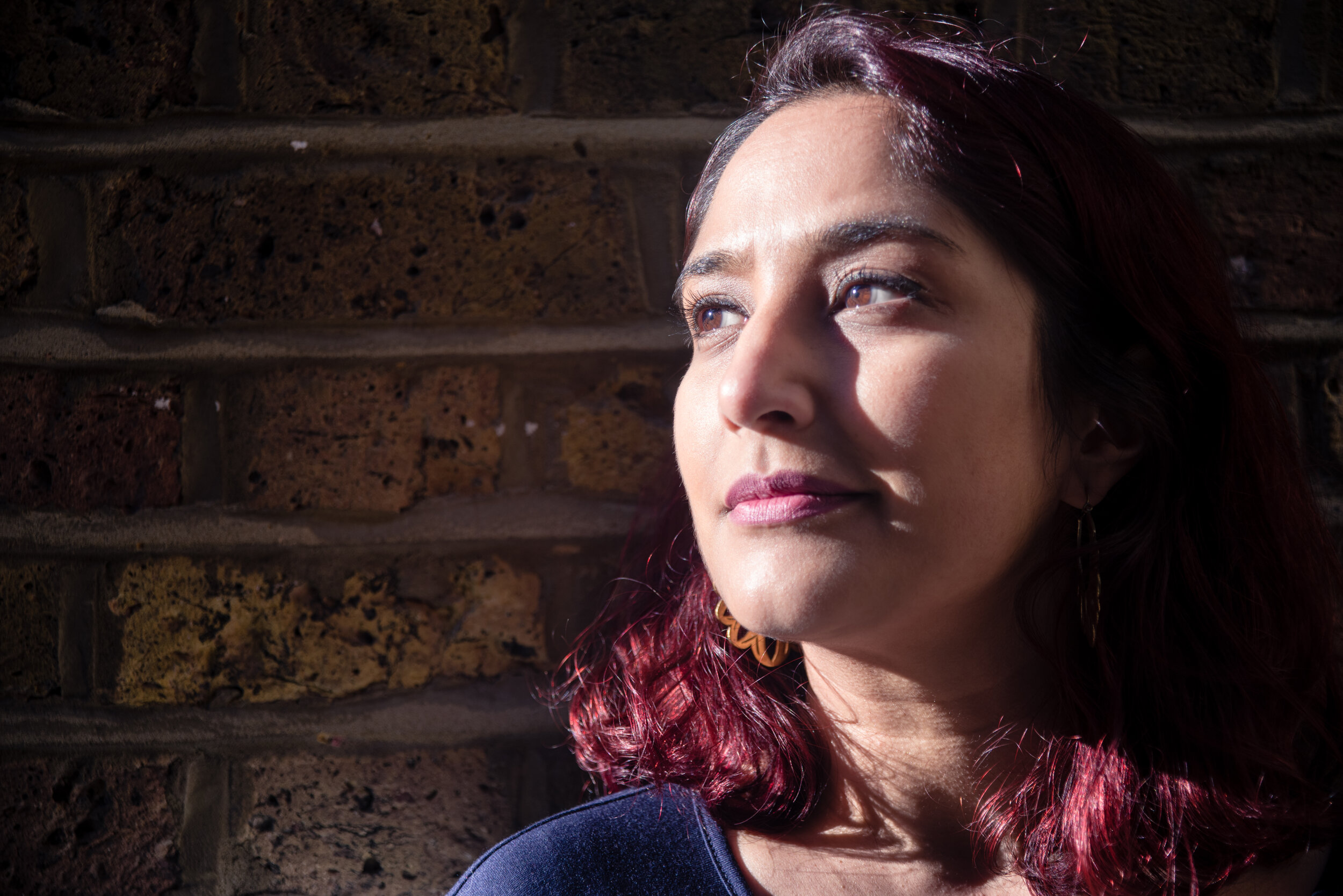About
I’m a UX designer with a background in NHS healthcare. After working in Radiotherapy for 20 years, I decided it was time to move on and take the two aspects of the job that I enjoyed most with me, helping people and technology.
I am an engaged person and have always felt the need for whatever I do to have a positive impact, this is the reason I looked to healthcare as my initial career. I have a unique perspective that only comes from working and communicating with people from a vast range of backgrounds. My experience of having oversight of the bigger picture while working on the smaller aspects that make it up helps me keep perspective in my design process. As someone who has worked with and around the bureaucratic ties the NHS runs on, I relish an agile workplace. I am skilled at cross team communication, picking up pain points and producing user focused solutions.
My goal is to use my skills developed from my time in healthcare to continue to help people in a new way whilst also expanding my own horizons. Please refer to my CV for full set of soft skills.
Although I enjoy city life, I live on the outskirts of London with my daughter and two cats. This allows me the best of both worlds; I can balance culture and social life with breaks in nature. I love beaches of all kinds (including windy and rainy UK ones!). I am a big music fan, loving many genres from punk to Eurovision. I can (and will) curate a Spotify playlist for any occasion with the smallest prompt. I appreciate the escape from reality a good book provides, and my ideal break is a combination of all of the above.
FAQs
What is Radiotherapy?
Radiotherapy is the use of radiation to kill cancer cells. The machines used to deliver external beam radiotherapy are linear accelerators. The innovative models used today, alongside their unique software, deliver millimetre accurate patient specific plans in under 10 minutes. The health professionals who develop the techniques used and run these machines are Therapy Radiographers.
The parallels between radiotherapy and design meant I was easily able to understand the importance of design team dynamics and transfer my soft skills across. The radiotherapy team consists of Radiographers (UX), Physicists (Developers) and Consultants/ Registrars (Stakeholders), each have their part to play in contributing to the patient’s treatment pathway. The patient pathway is not a single line but instead has times when it branches off and repeats cycles, much like iterative design cycles.
Why did you want to leave healthcare?
I was promoted to Treatment Floor Superintendent Radiographer in 2015, it blended management and development while still keeping an amount of patient contact. In this role, the patients and staff I managed were my users. I took their feedback and used my own oversight of the bigger picture while working on the smaller aspects to continually improve the day to day running of the department. For me now to progress further, it would mean leaving patient contact, problem solving and the treatment technology behind. As these are the parts of radiotherapy that I had enjoyed most during my career, I decided to look at other professions that have the similar mix of problem solving, people skills and technology so I could continue to develop.
Why did you choose UX?
When I first looked at different tech job possibilities, I looked at coding as building things appealed to my creative nature. I completed some coding certifications with SheCodes. This gave me the confidence to start looking at other roles similar to web development, but with more human interaction. When I came across the world of UX and saw that it was a mix of data driven problem solving and creativity, I didn’t look back. It was a natural move from patient centred work, to focusing on human centred designs and putting users at the centre of everything I do.


